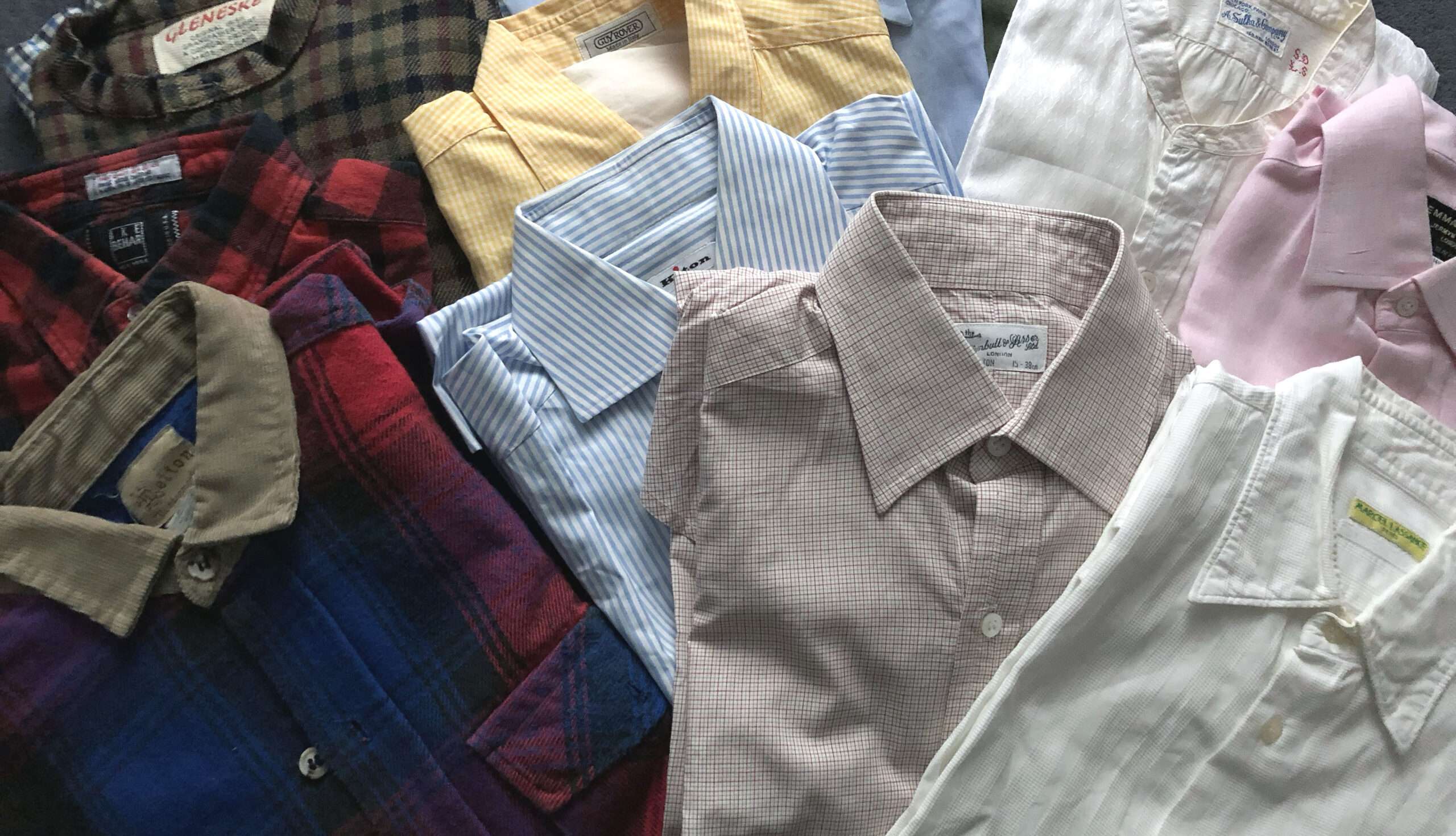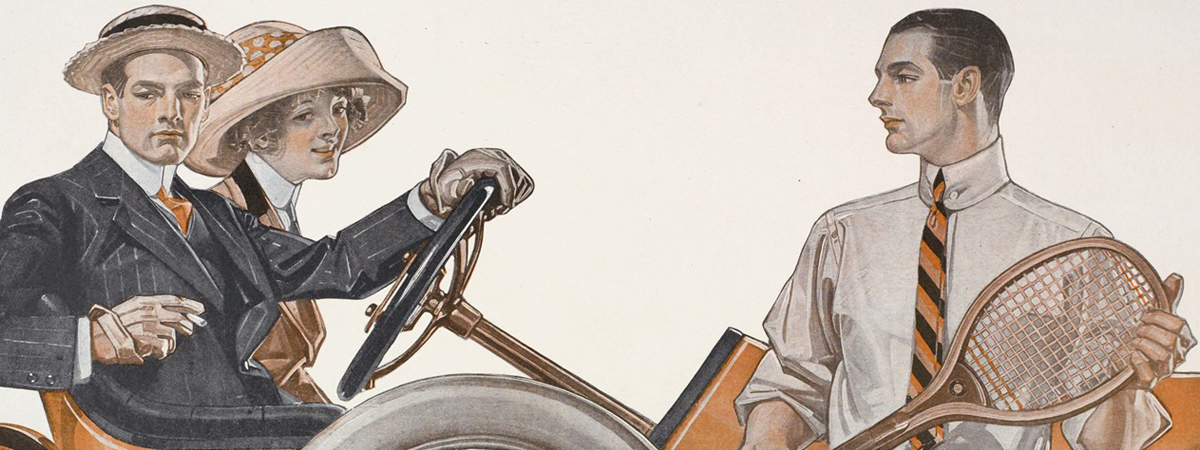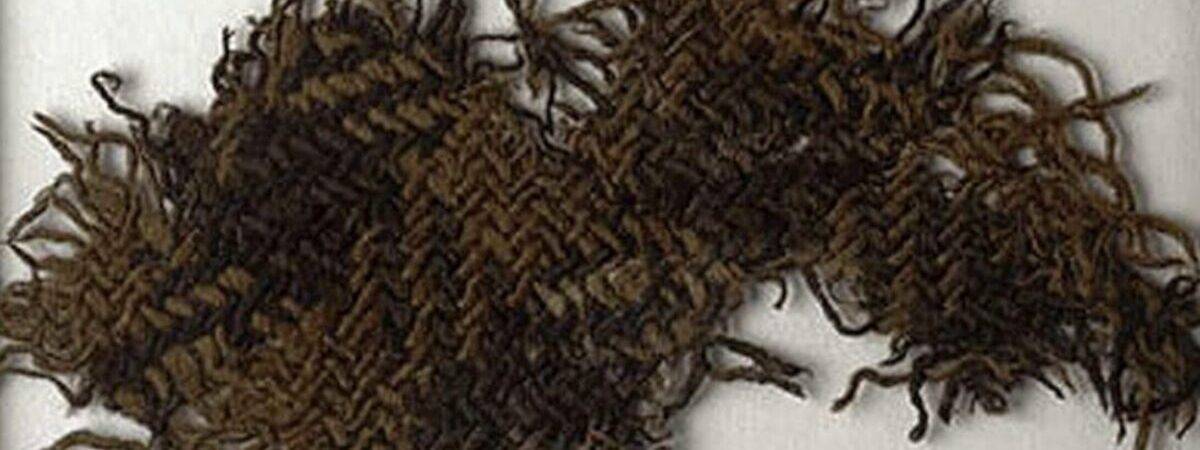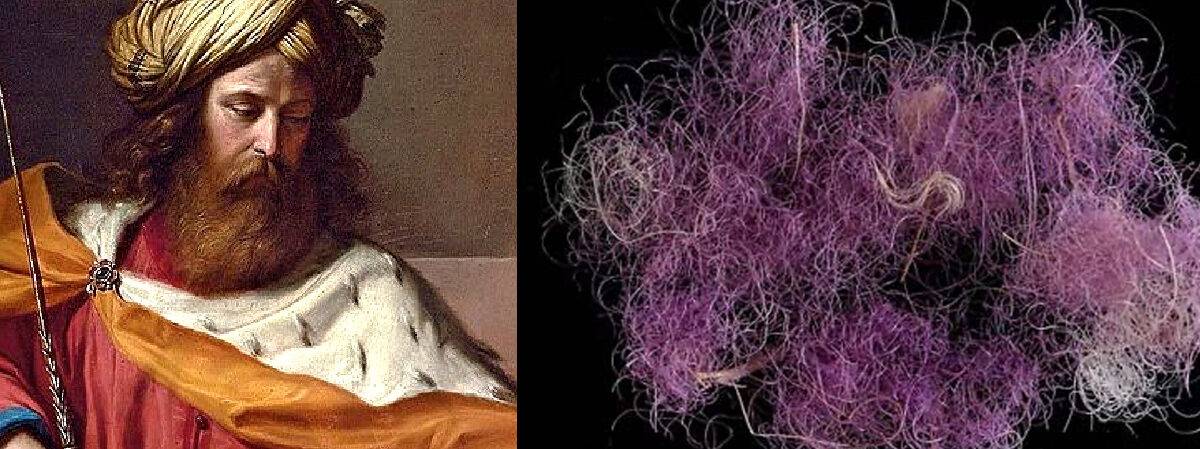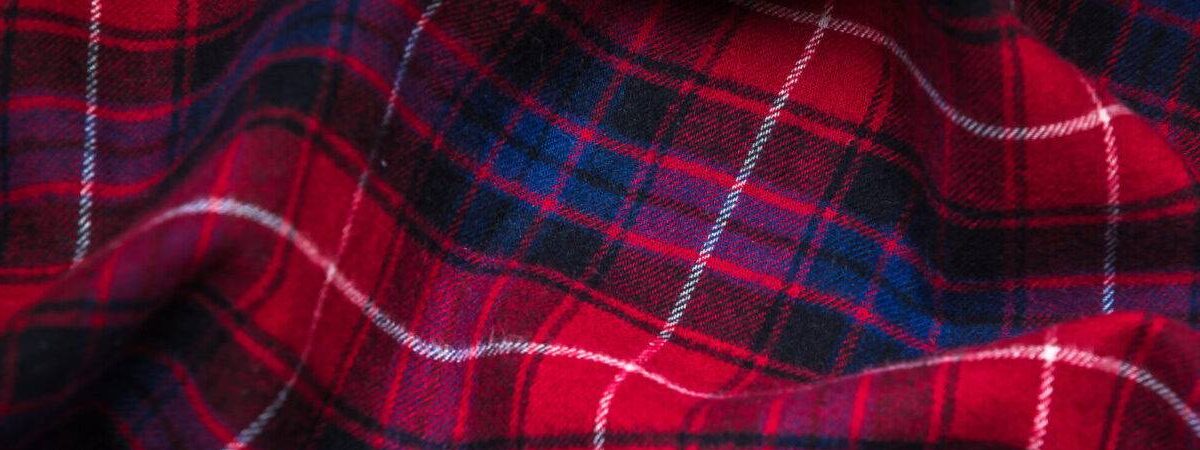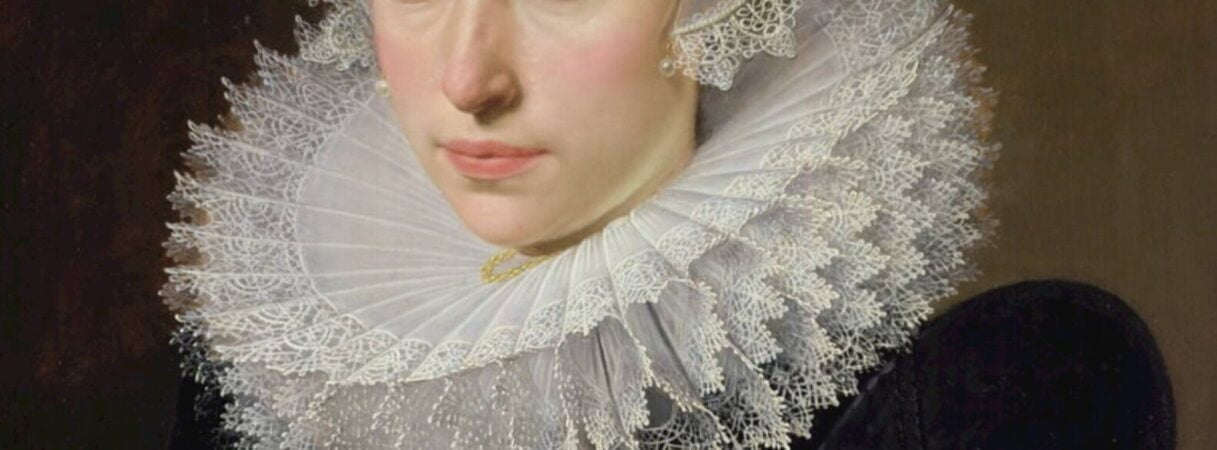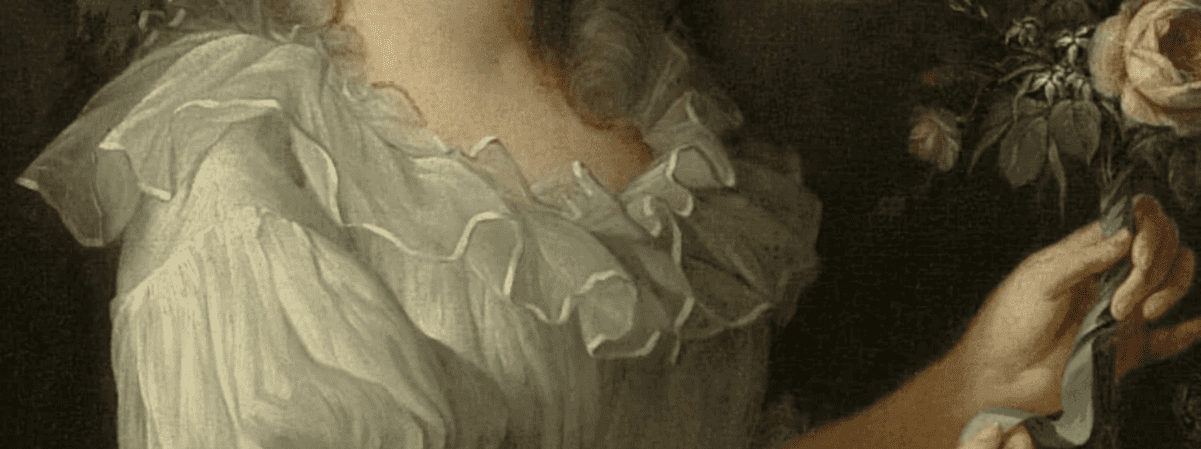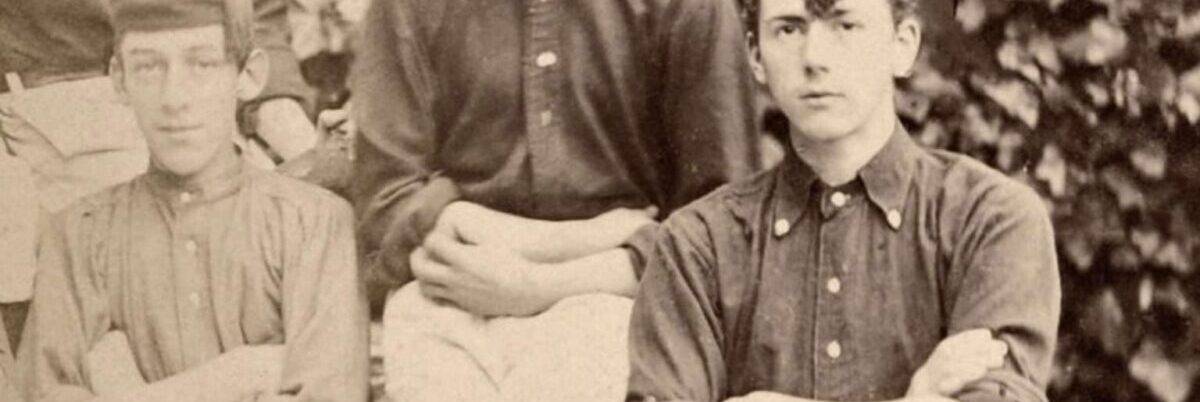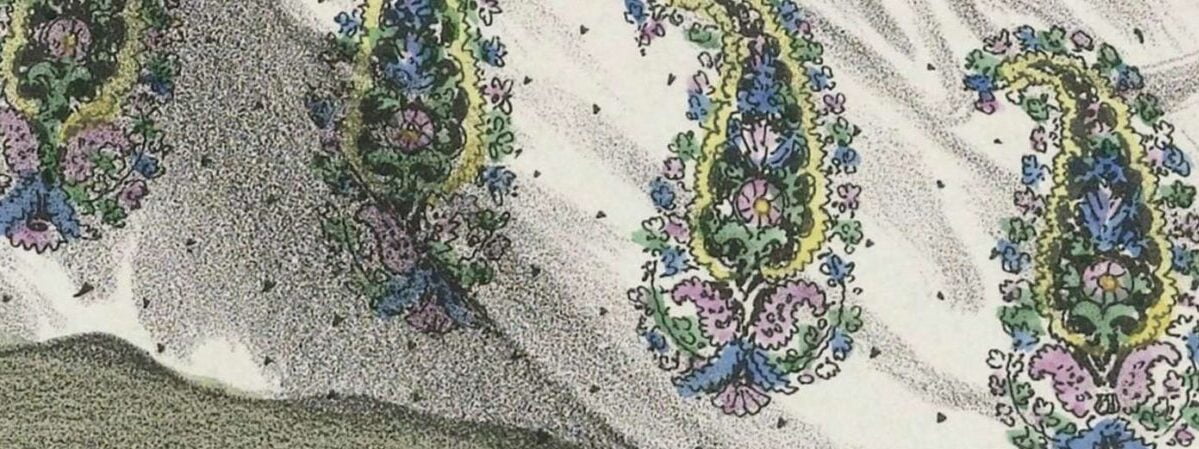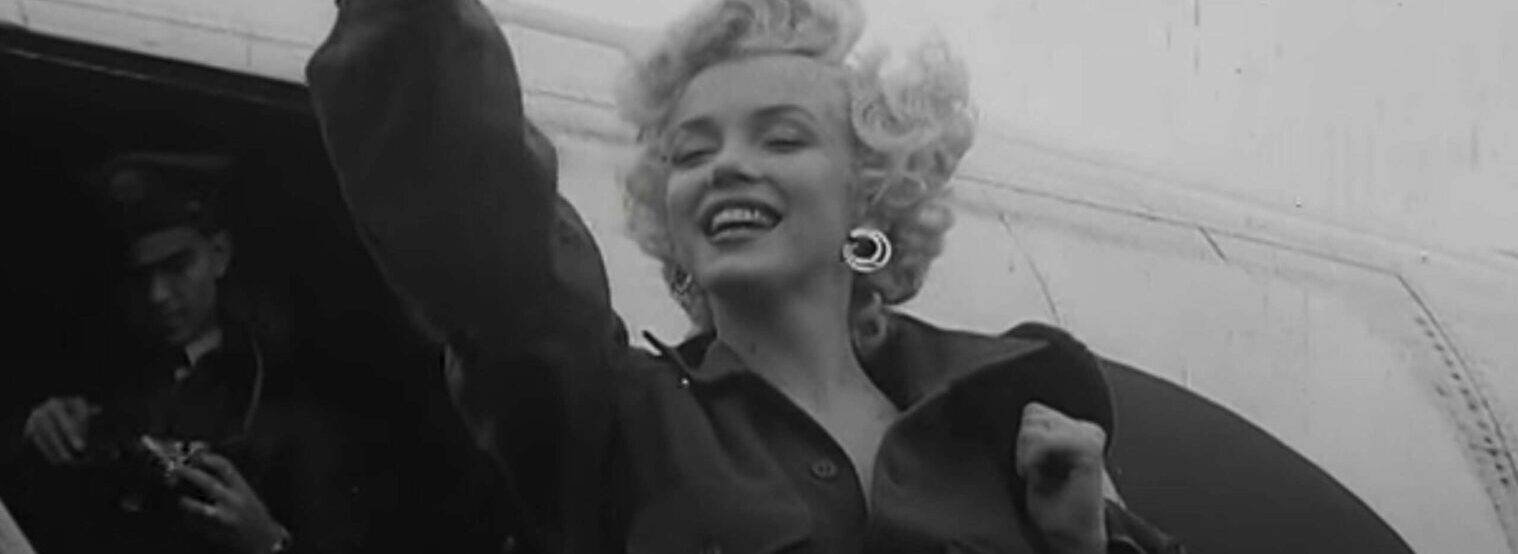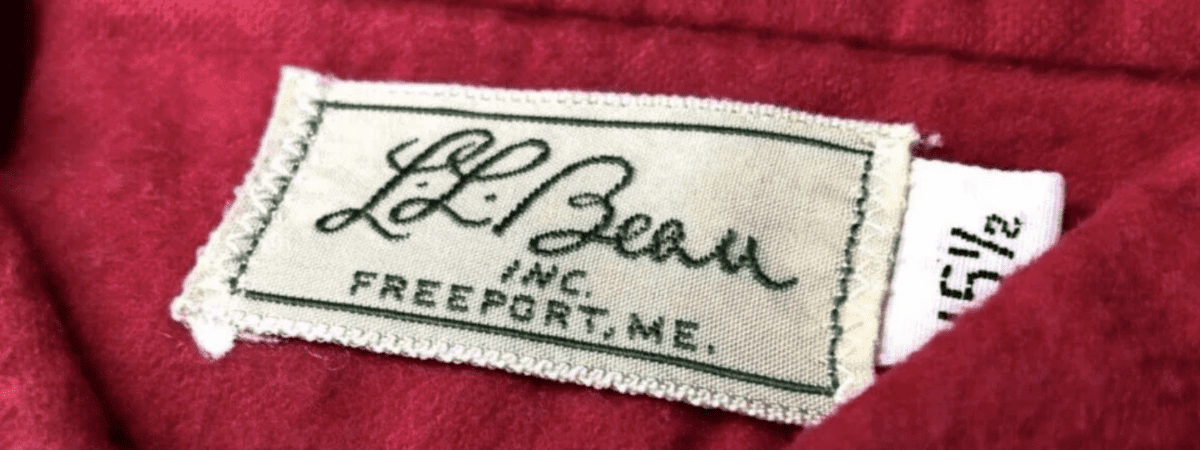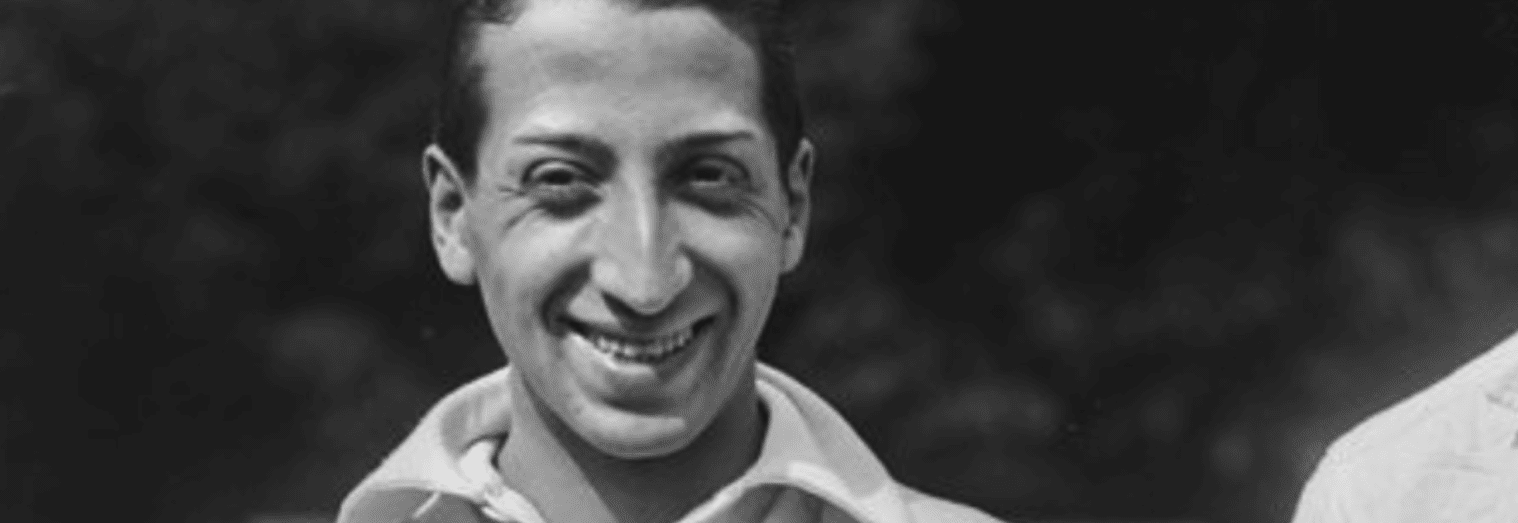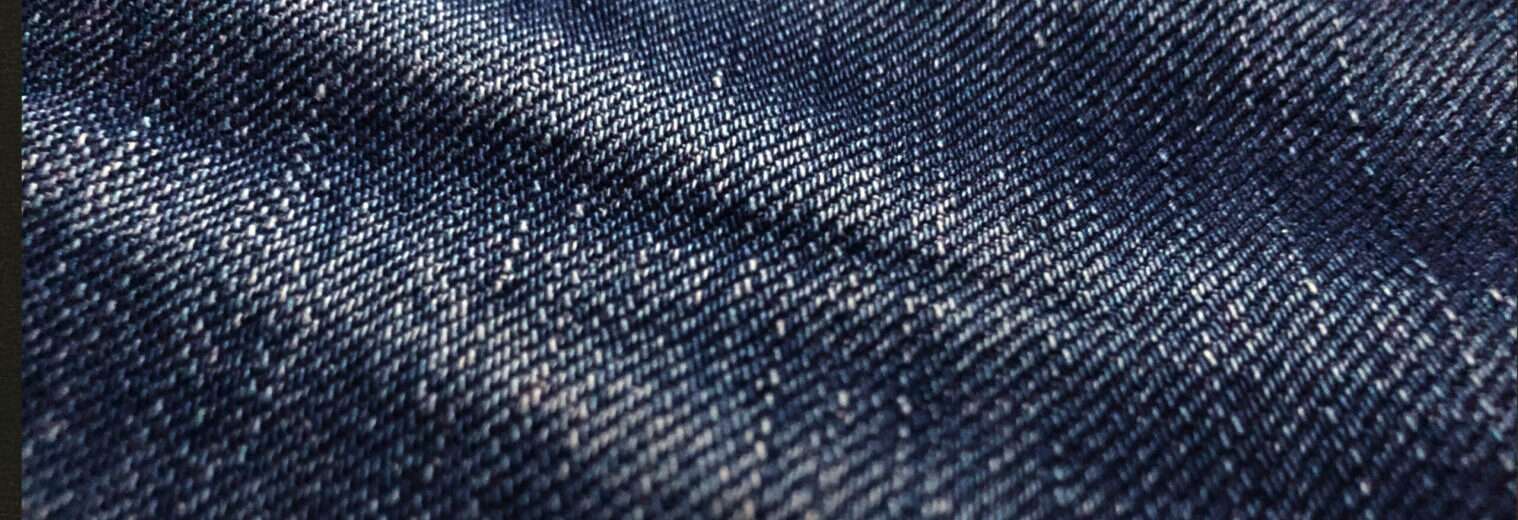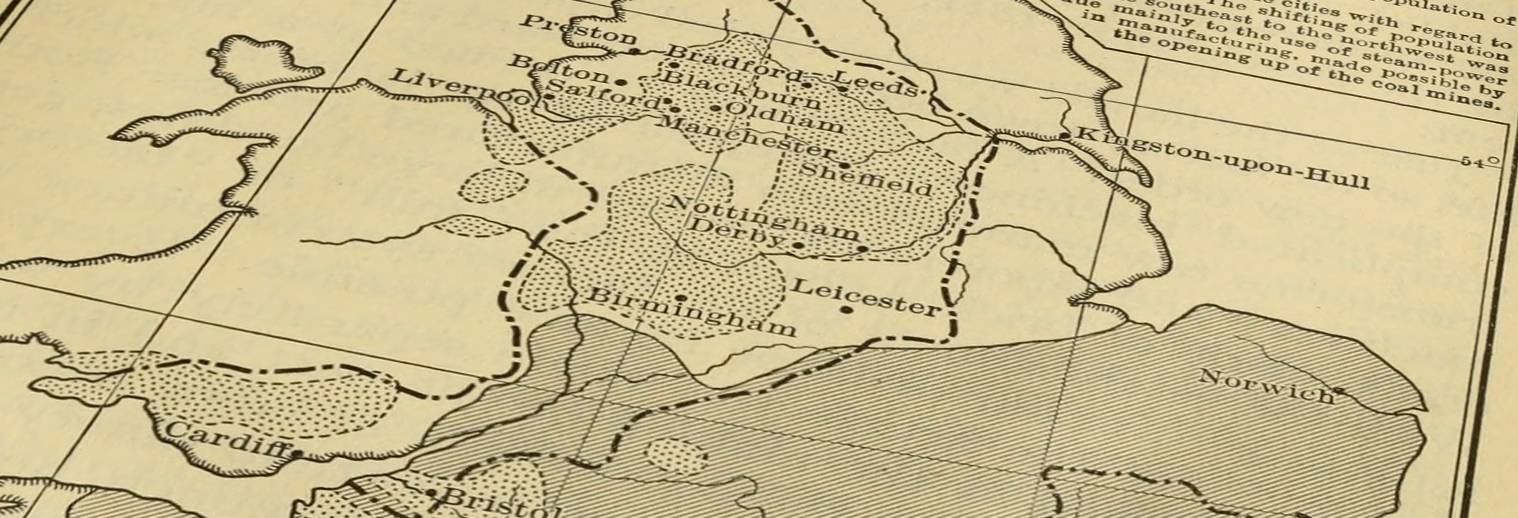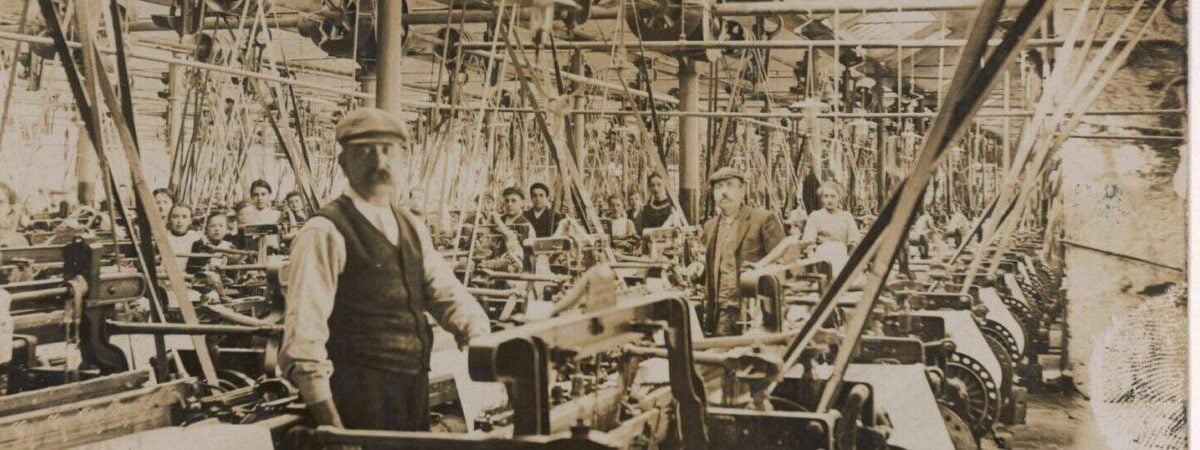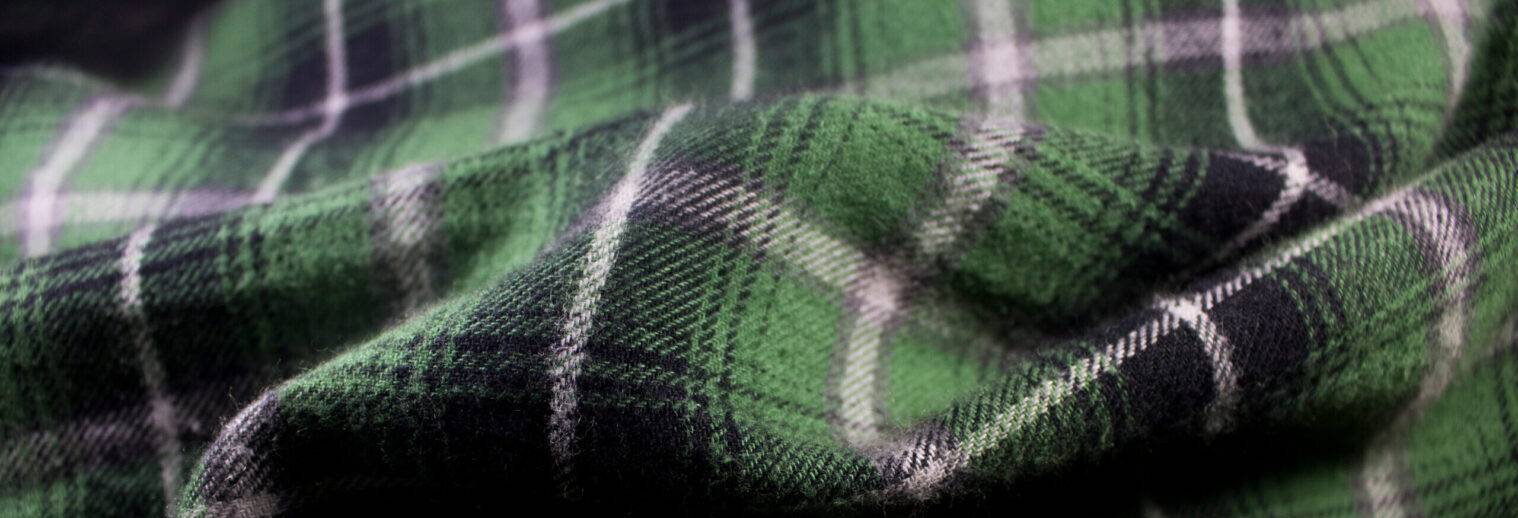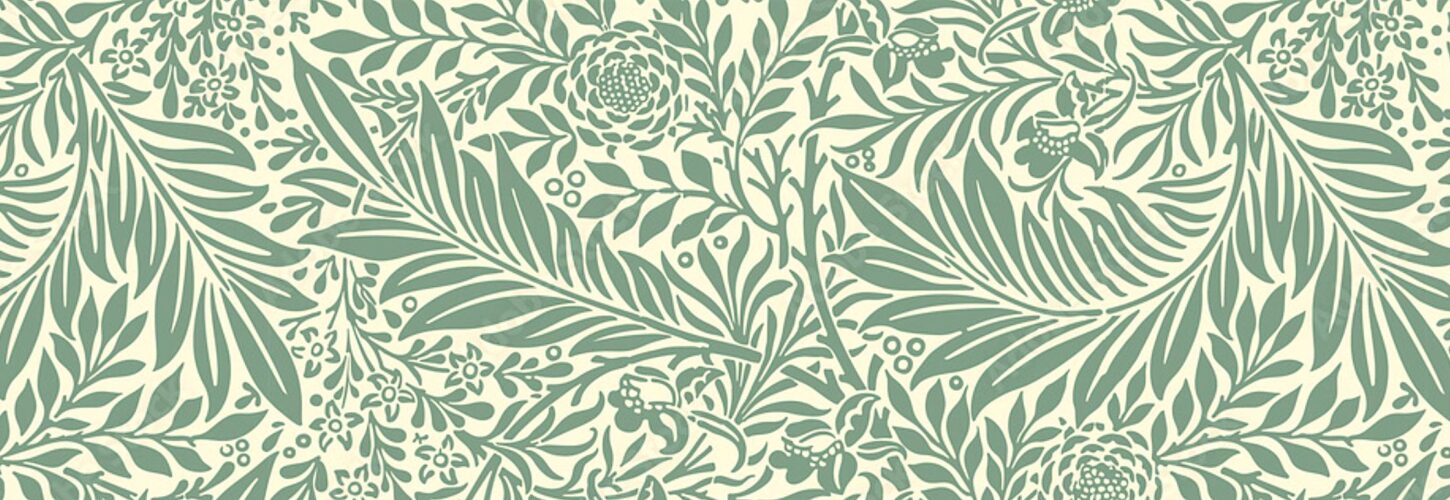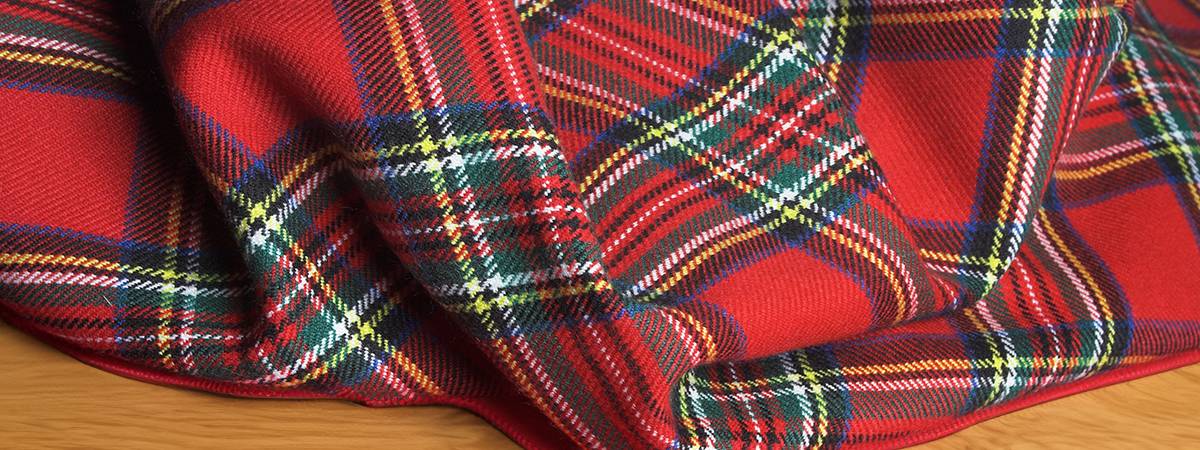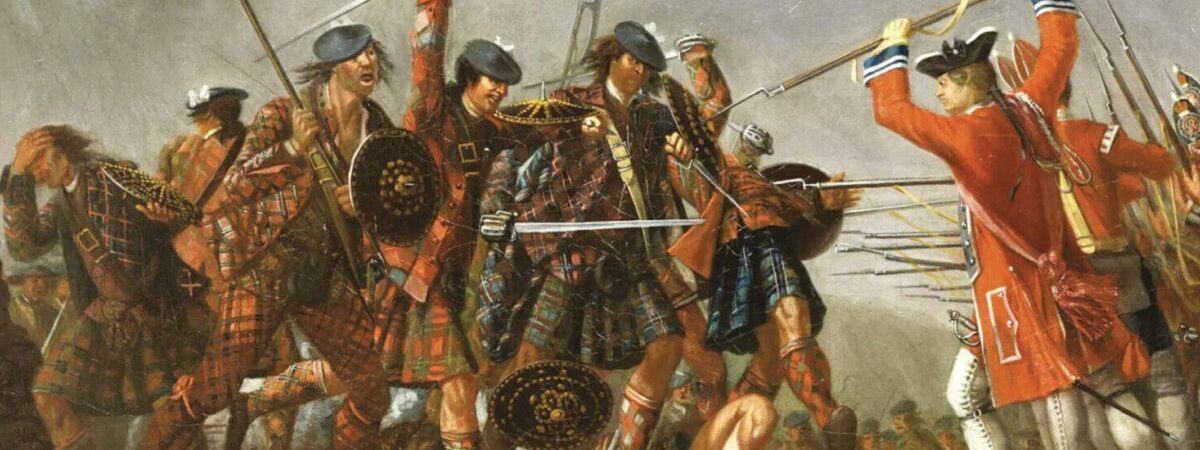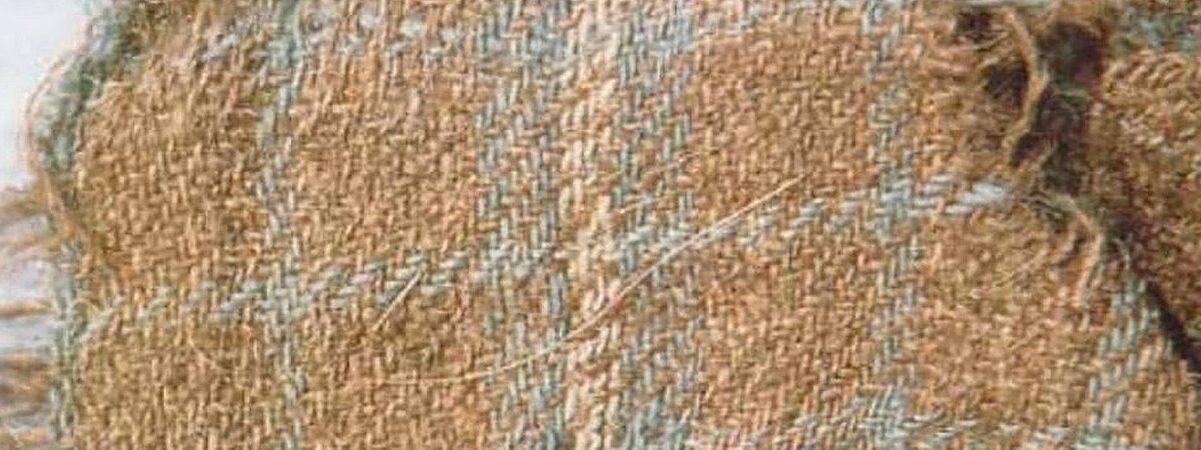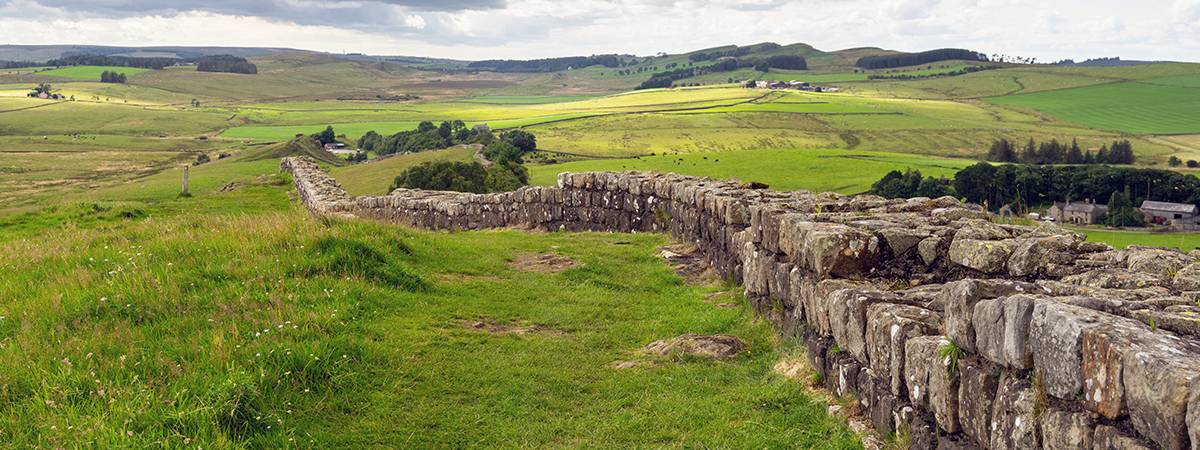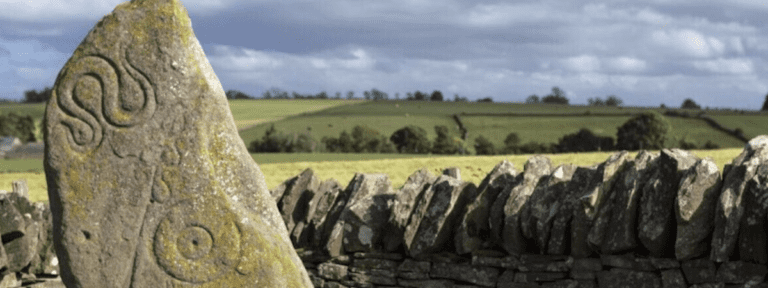Arrow: Iconic American Shirt
BYZANTINE SILK
Diverse World Shirt Styles
COLLAR
CUFF
- Latest -
The History of Shirts
The history of the dress shirt is closely linked to the evolution of human clothing over thousands of years. In ancient Egypt, Greece, and Rome, simple tunics and robes were the prototypes of modern shirts. Made primarily of linen and flax, these garments emphasized comfort and functionality. In medieval Europe, shirts were mainly worn as undergarments to protect the skin. These simple, long-sleeved linen shirts had a loose fit. By the 16th and 17th centuries, shirts featured more decoration, including embroidery and lace, becoming status symbols for the upper classes.The Industrial Revolution in the late 18th and 19th centuries brought significant changes to shirt manufacturing. Machine weaving made shirts more affordable and widely accessible. By the 19th century, the dress shirt began to take its modern form, with refined collars and cuffs, becoming an essential element of formal attire.
POPLIN or BROAD ?
Troy : The Collar City
In the late 19th century, Troy, New York, became known as “Collar City,” a title earned from its status as a hub for the manufacturing of detachable collars. At that time, clean clothing symbolized social status, and detachable collars offered a practical, hygienic solution. Troy met this new demand, supplying products nationwide, significantly impacting its economy and employing thousands. This study explores how Troy achieved its fame through detachable collar manufacturing and its broader impact.
The Oldest Tartan In Scotland
Exploring King David & Solomon's Ancient Wardrobes
ART OF Tartan
- Recommendation -


We already stock sample over 1000 shirts from all over the world (including vintage & antiques). We are taking beautiful photos and putting them out, so please wait a while now.
